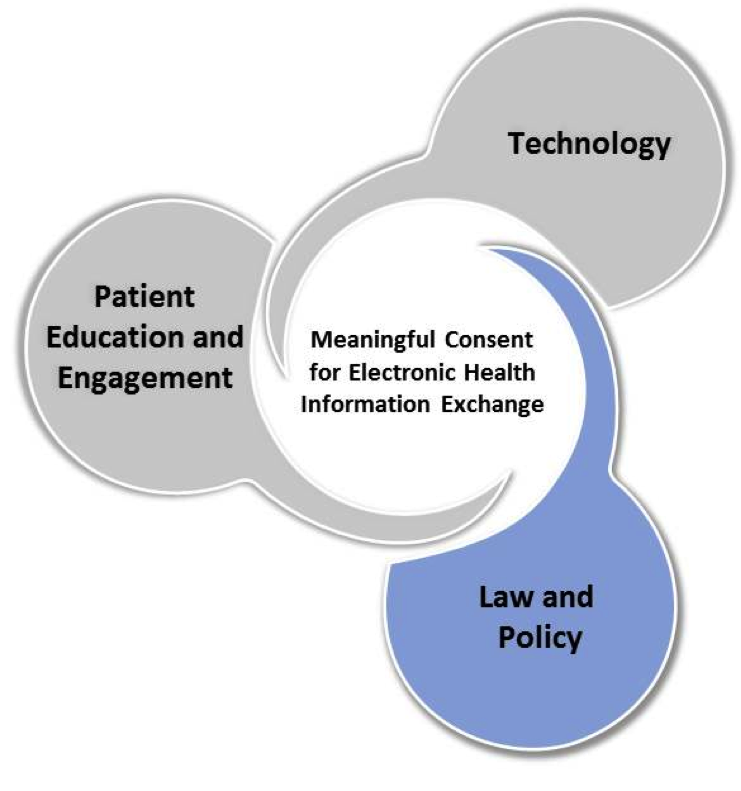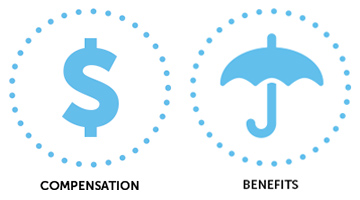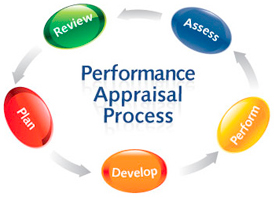A complete strategy to prevent and address human rights issues should include:
An effective strategy will combine all of these elements. For example, while it is an essential part of any human rights strategy, an education and training program on its own will not remove underlying systemic barriers. On the other hand, without education and training, it will be difficult to ensure organizational support for, and compliance with, human rights policies, programs and procedures.

No strategy will be effective without strong, visible and ongoing commitment from the senior levels of the organization.
- A plan for preventing, reviewing and removing barriers
- Anti-harassment and anti-discrimination policies
- An internal complaints procedure
- An accommodation policy and procedure
- An education and training program.
An effective strategy will combine all of these elements. For example, while it is an essential part of any human rights strategy, an education and training program on its own will not remove underlying systemic barriers. On the other hand, without education and training, it will be difficult to ensure organizational support for, and compliance with, human rights policies, programs and procedures.

No strategy will be effective without strong, visible and ongoing commitment from the senior levels of the organization.





